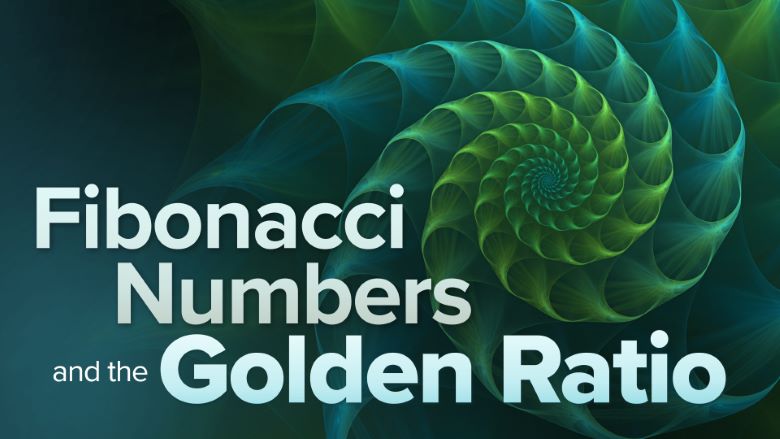در حال حاضر محصولی در سبد خرید شما وجود ندارد.

In 1202, an Italian mathematician and avid traveler named Fibonacci introduced an ingenious system of numbers that was vastly superior to the traditional Roman numerals then in use in Europe. Showing off the Hindu-Arabic system, which is based on 10 digits from zero to nine, he worked out various mathematical problems. One mathematical idea led to an intriguing sequence: 0, 1, 1, 2, 3, 5, 8, 13, 21, and so on, where each number is the sum of the two previous numbers. Little did he suspect how powerful this “Fibonacci sequence” would be, with connections to many areas of nature and mathematics, including:
These two related phenomena—the Fibonacci sequence and the golden ratio—appear in almost every branch of mathematics: geometry, calculus, linear algebra, discrete mathematics, number theory, and probability, among others. Yet it takes little prior knowledge to generate and play with them, providing an endlessly entertaining way to experience a wide range of mathematical ideas.
Fibonacci Numbers and the Golden Ratio is your introduction to this compelling subject, taught by award-winning educator and “mathemagician” Professor Arthur T. Benjamin of Harvey Mudd College. In 12 engaging and insightful lectures, he presents proofs, puzzles, magic tricks, games, and more, all centered on the deceptively simple Fibonacci sequence and the equally elementary golden ratio.
It All Started with Two Rabbits
The problem that led Fibonacci to his famous sequence involved a pair of rabbits (male and female) and how their numbers accumulate under the following conditions. The rabbits take one month to mature, after which they produce another pair (male and female) and continue to do so every month. Their offspring have the same mating habits—one month to mature, then a male and female pair every month, thereafter. No rabbits ever die. How many pairs will there be after one month, two months, three months, and so on?
The answer is simplicity itself. The total number of pairs in any given month is the sum of the two preceding months: 0, 1, 1, 2, 3, 5, 8, 13, 21, 34, 55, 89, 144…. Voilà, the Fibonacci numbers!
Fibonacci himself was less interested in population growth than in the repeated application of a rule and the pattern that emerges. His pattern turned out to be very productive indeed, with connections that have multiplied like rabbits ever since:
The Irrational Golden Ratio
The golden ratio, or phi, is just as ubiquitous as the Fibonacci sequence. Phi is an irrational number (meaning it can’t be expressed as a fraction of two integers), and it can be produced independently by a wide variety of formulas across different areas of mathematics. It most famously appears as the ratio of the sides of a rectangle that is widely regarded as the most visually pleasing of all quadrilaterals. This subjective aspect makes phi renowned among non-mathematicians, including artists, architects, best-selling novelists, and even financiers. Professor Benjamin discusses where some of these enthusiasts go overboard in seeing phi where it probably isn’t. He also goes deeply into genuine phenomena involving phi, such as:
Throughout Fibonacci Numbers and the Golden Ratio, Professor Benjamin guides you through the logical steps that lead to remarkable insights about these numbers. “I don’t want to just present you with amazing facts; I want you to actually appreciate the reasons behind these amazing patterns,” he says.
Luckily, he has an infectious enthusiasm for proofs, which are the cornerstone of mathematics, without which the elaborate structure of the discipline would collapse. “Why do these numbers have all of the amazing properties we have seen, and why do they appear so often in nature?” he asks. To get to the answers, he provides the conceptual tools that “allow us to prove, beyond a shadow of a doubt, that the patterns that we have seen through just a handful of examples, will be true forever.
“And I assure you,” Professor Benjamin beams, “that when the lightbulb goes on and everything makes sense, it is an amazing feeling!”
در این روش نیاز به افزودن محصول به سبد خرید و تکمیل اطلاعات نیست و شما پس از وارد کردن ایمیل خود و طی کردن مراحل پرداخت لینک های دریافت محصولات را در ایمیل خود دریافت خواهید کرد.
✨ تا ۷۰% تخفیف با شارژ کیف پول 🎁
مشاهده پلن ها